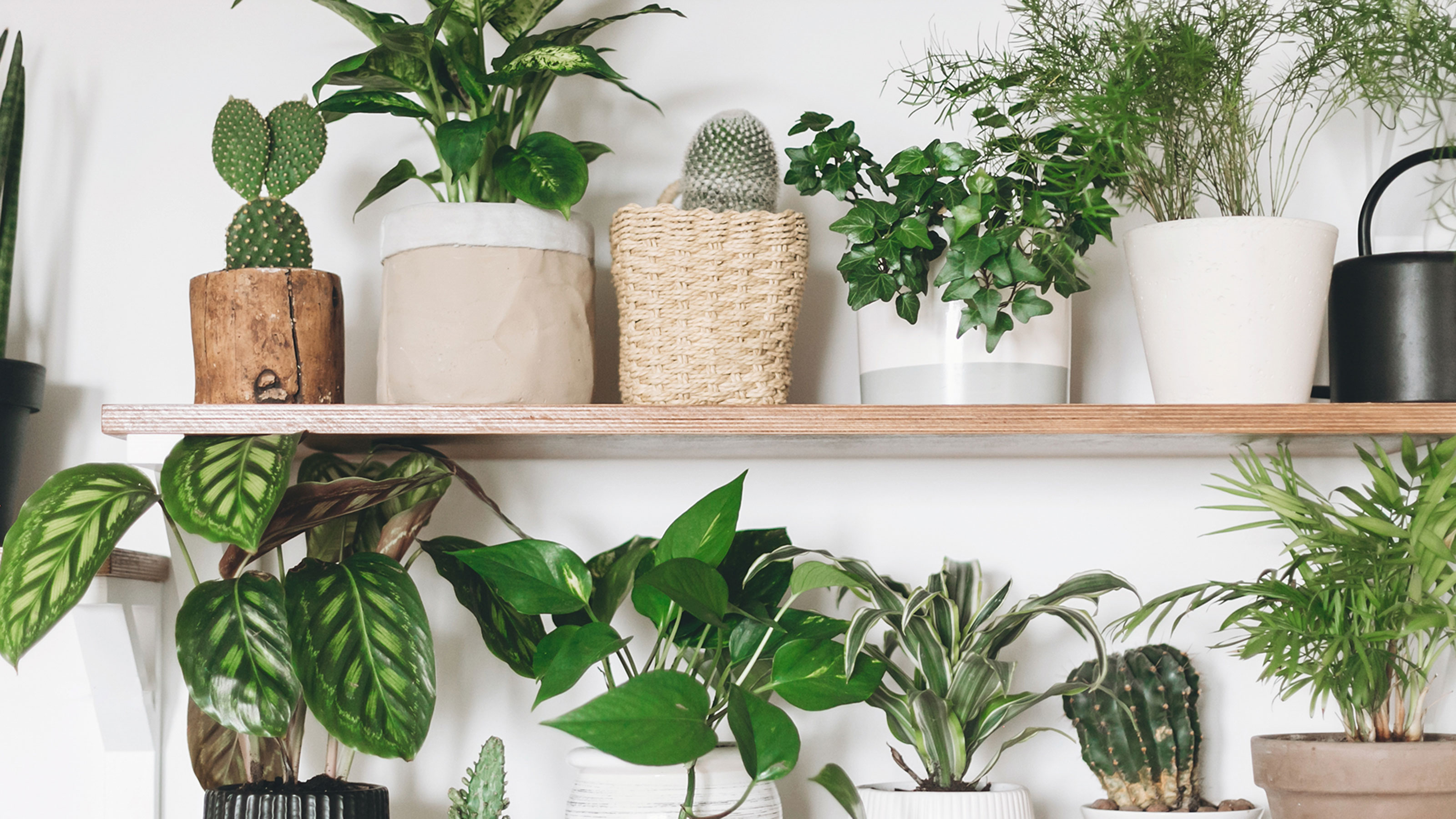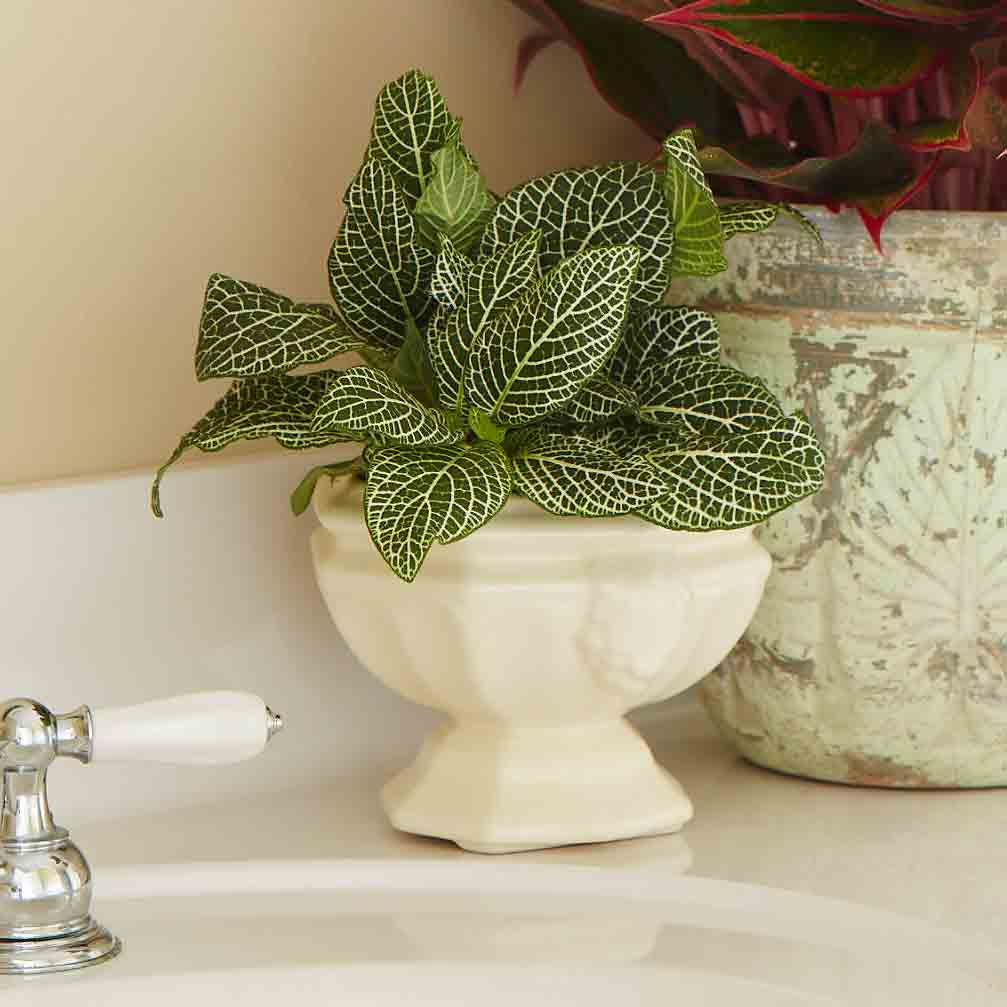Transform Your Home With Beautiful Low-Light Indoor Plants and Their Advantages
Including low-light indoor plants into your home can dramatically boost both the ecological and aesthetic high quality of your space. These plants, which thrive in dim problems, offer not just as decorative aspects yet additionally as all-natural air cleansers, making them perfect for city residents or those with limited sunlight direct exposure. As we check out the numerous sorts of low-light plants and their advantages, you may locate unexpected methods to integrate them into your home that can change your surroundings in methods you may not have anticipated.
Benefits of Low-Light Plants
Low-light plants provide many benefits for indoor environments, making them an exceptional selection for both novice and seasoned garden enthusiasts. Among the key advantages is their flexibility to low-light problems, enabling people to improve their space without the demand for considerable sunshine direct exposure. This characteristic makes them perfect for apartment or condos, workplaces, and other areas with limited all-natural light.

Additionally, integrating low-light plants right into home decor can boost the visual allure of an area. Their lavish vegetation and differed appearances produce a soothing atmosphere, contributing to overall well-being. Lastly, the visibility of plant has been linked to reduced stress levels and improved productivity, making low-light plants a practical choice for boosting both physical and psychological health and wellness in indoor settings.
Top Low-Light Indoor Plants
While several indoor plants grow in brilliant light, numerous types are specifically appropriate for low-light problems, making them suitable for various indoor rooms. One popular option is the Snake Plant (Sansevieria), understood for its striking upright fallen leaves and durability, calling for minimal care. An additional excellent choice is the Pothos (Epipremnum aureum), which includes heart-shaped leaves and can track beautifully from hangers or racks, growing in reduced light and including a lush touch.
The ZZ Plant (Zamioculcas zamiifolia) is celebrated for its shiny fallen leaves and capacity to endure disregard, making it excellent for busy way of lives. The Peace Lily (Spathiphyllum) not only tolerates reduced light but additionally generates spectacular white flowers, enhancing any room's aesthetic.
For a special touch, take into consideration the Cast Iron Plant (Aspidistra elatior), which without a doubt lives up to its name, growing in the darkest edges of your home. Lastly, the Chinese Evergreen (Aglaonema) offers a variety of leaf patterns and colors while being exceptionally forgiving in low-light problems. These plants not only improve interior environments but also add to air filtration, improving your space.
Care Tips for Low-Light Plants

Sprinkling practices are important; these plants commonly favor slightly dry conditions. Overwatering can lead to root rot, so make certain that the leading inch of dirt is completely dry prior to sprinkling once more. Usage pots with water drainage holes to allow excess moisture to leave.
Humidity is another essential element. Numerous low-light plants, such as ferns and tranquility lilies, take advantage of greater humidity levels. To boost moisture, consider misting the leaves or positioning a tray of water near the plants.
Fertilizing needs to be come close to with care. During the growing period, utilize a weakened, balanced liquid plant food on a monthly basis to sustain development, yet prevent fertilizing during the inactive wintertime months.

Innovative Ways to Show Plants
Interior plants can act as captivating focal points in any room, improving both aesthetic allure and ambiance. Innovative display screens can elevate the visual impact of low-light plants, making them an important component of your home design. One efficient approach is to make use of tiered plant read here stands, which permit you to display numerous plants at differing elevations while making the most of floor area.
Hanging planters are one more ingenious choice, producing a sense of depth and drawing the eye upward. Consider macramé hangers or wall-mounted racks to present an unique texture and design.
For an extra organized strategy, usage geometric terrariums or glass containers to house your plants, including a modern-day touch to your interior garden. You can likewise repurpose vintage items, such as teacups or wood pet crates, for an eclectic display screen that mirrors your individuality.
Enhancing Home Atmosphere With Plants
Integrating low-light plants into your home not just boosts visual charm however also adds significantly to the total atmosphere. These plants act as natural style aspects, presenting a sense of tranquility that can change any type of room. The visibility of plant fosters a calming atmosphere, which is specifically helpful in high-stress atmospheres such as home offices or living rooms.
Low-light plants, such as snake plants, pothos, and ZZ plants, are not just visually pleasing but additionally enhance interior air quality by filtering toxins. This dual feature enhances the ambiance additionally, creating a much healthier space (Best low-light indoor plants). The strategic positioning of these plants can also affect the assumption of area; for instance, tall plants can draw the eye upward, making ceilings show up higher and spaces more spacious
In addition, varying appearances and colors of vegetation add deepness to interior decoration, permitting imaginative expression in home styling. Whether positioned on shelves, in edges, or as centerpieces, low-light plants can elevate the state of mind of any type of space. In summary, incorporating these plants into your home is a reliable way to foster a cozy, welcoming ambience while profiting of boosted air quality and visual convenience.
Verdict
Including low-light interior plants right into home atmospheres supplies various advantages, including improved visual allure and improved air high quality. These durable plants, such as the Serpent Plant and Tranquility Lily, require minimal light and maintenance, making them appropriate for varied way of lives. Their capability to filter pollutants adds to a much healthier space, while their varied textures and colors enrich interior decor (Best low-light indoor plants). Ultimately, the inclusion of low-light plants promotes a tranquil and welcoming setting, changing any kind of home right into a tranquil oasis.
While numerous indoor plants thrive in bright light, numerous varieties are especially appropriate for low-light conditions, making them excellent for numerous interior spaces. One effective approach is to make use of tiered plant stands, which enable you to showcase multiple plants at differing elevations while taking our website full advantage of floor space.
Low-light plants, such as serpent plants, pothos, and ZZ plants, are not just visually pleasing but additionally enhance indoor air quality by filtering system contaminants. Best low-light indoor plants. The tactical positioning of these plants can likewise influence the assumption of area; for instance, high plants can draw the eye upwards, making ceilings show up higher and areas a lot more roomy
These resistant plants, such as the Snake Plant and Tranquility Lily, need minimal light and upkeep, making them suitable for varied way of lives.